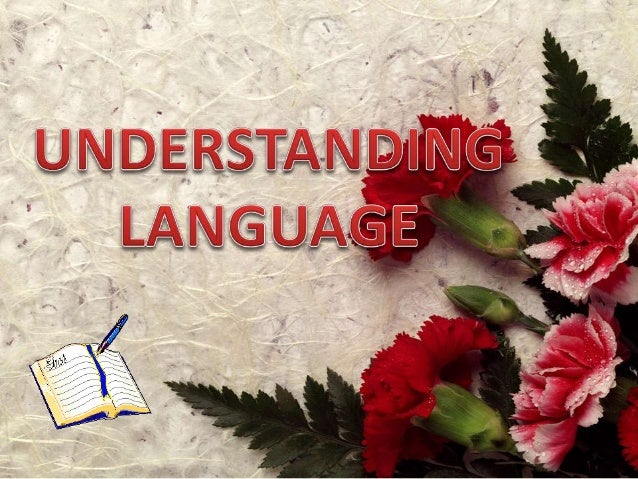
Mindfulness training has been repeatedly demonstrated to be an effective treatment for depression. It is so effective that the in the UK it is considered the treatment of choice for depression. But Major Depression is another level entirely. Very few treatments other than drugs have been effective.
Major Depression appears to be the result of a change in the nervous system that can generally only be reached with drugs that alter the affected neurochemical systems. Once under control with drugs, other therapies are helpful in assisting the individual to adjust to the new normal and to remedy the sequellae of years of depression.
But what can be done when drugs do not work which happens quite frequently. It is suggested in today’s Research News article, “Mindfulness-based cognitive therapy vs. psycho-education for patients with major depression who did not achieve remission following antidepressant treatment”
http://www.sciencedirect.com.ezproxy.shsu.edu/science/article/pii/S0165178115000736#
that Mindfulness Based Cognitive Therapy (MBCT) may be a solution. Patients with Major Depression who have not responded to drugs did significantly improve with MBCT treatment and the improvement was superior to an active control group designed to simulate many of the conditions of MBCT.
This is remarkable. A mindfulness based treatment is effective on a major mental illness, which is principally a physiologically based disease, even when drugs fail. How is this possible that MBCT can be effective when other therapies and even drugs don’t help?
One possibility is the emphasis on the present moment in mindfulness. Depression is often rooted in the past and the individual ruminates about the misery of the past. By shifting focus to the present moment, mindfulness can move the individual from being preoccupied with a troubling past to being focused on a safe and secure present. Mindfulness also stresses non-judgmental awareness of the present. There is a decreased tendency to be constantly judging what is happening and instead just accept it as what is, which is a difficulty in depression.
Another possibility is mindfulness’ ability to increase emotion regulation. That is mindfulness assists the individual in recognizing emotions as they arise and not over respond to them. It doesn’t prevent emotions. It simply allows the individual to better deal with them when they do arise. So when depression occurs the individual can recognize it, accept it, and then let it go and not respond to it. This liberates the individual to find new ways of responding to the environment and other people.
Still another possibility is that mindfulness produces a heightening of acting with awareness. The individual then is more aware of what they’re doing. For the depressed individual this can help in the recognition of how he/she is acting in response to the depression. This allows them to reprogram their responses to be more appropriate to the circumstances of the present rather than responding to the depression itself.
Finally, it is known that drugs are effective for depression by altering the brain. It is also known that mindfulness training produces alterations of the nervous system. Perhaps, they act on the brain in similar ways, producing similar changes that help to relieve depression.
Regardless, if you’re depressed, try mindfulness.
CMCS








